Automotive Industry
In this issue, we have compiled the following contents for you:
-
Technological development, especially the current state of autonomous driving technology;
-
What various companies, especially Tesla, have done this week;
-
Actions taken by governments across China in the field of electric vehicles.
Technology
Cutting Edge
1. The Prospects of Autonomous Driving Technology
In recent days, the significant traffic accidents caused by Tesla’s autonomous driving technology have been analyzed in depth. Please refer to the detailed analysis article by Da Ji for more information “Why did Tesla announce the death accident on May 7 only now?”.
Today, we will summarize the development progress of other companies’ autonomous driving technology as of this week.
1. BMW: Cooperating with Intel and Mobileye
On July 1st, BMW announced that it will collaborate with Intel and Mobileye, which has been rising in the field of Advanced Driver Assistance Systems (ADAS), to develop autonomous driving technology. BMW is the first to set a specific production date for fully self-driving cars: 2021.
BMW stated that this technology will be used in the next generation of flagship model iNext electric vehicle. The alliance between the three companies will lead to a qualitative development of full-automation driving technology. Intel stated that highly automated driving cars and all connected functions require robust and reliable computer technology support. Mobileye plans to release the engineering sample of EyeQ5 in 2018, which can achieve fully autonomous driving technology.
2. Nissan: Leading the Autonomous Driving Field
…(Chinese text goes on but not available in the prompt)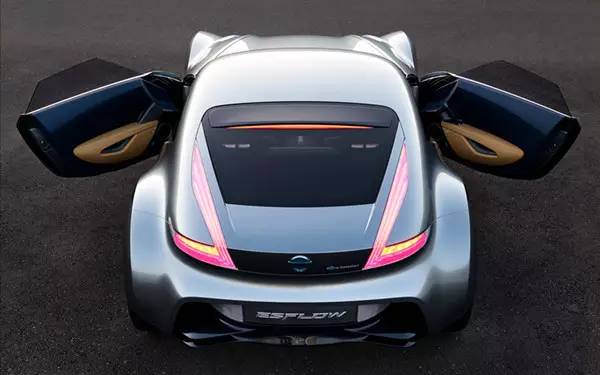
Nissan’s path towards autonomous driving is divided into three steps:
-
The ProPilot technology will truly come into play, enabling vehicles to make automatic turns on single-lane highways.
-
Building on the ProPilot technology, Nissan will realize autonomous driving in multi-lane environments.
-
By 2020, Nissan plans to have vehicles running freely on city streets without driver intervention.
❸ GAC completes key technology development for autonomous driving
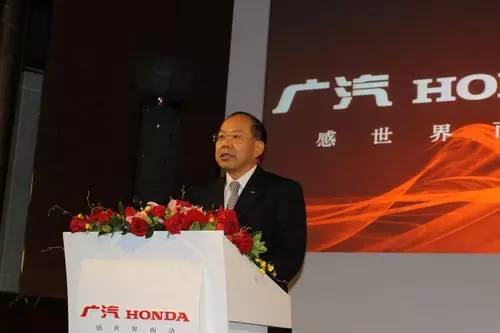
The chairman of GAC recently stated that they have completed the first phase of their autonomous driving technology research and development project. The concept cars that have adopted this technology have already been showcased at major auto shows in China and Detroit. Next, GAC plans to build an “energy cloud” platform for autonomous driving cars, seeking new models for constructing charging infrastructure for new energy and autonomous driving cars.
❹ Baidu plans to mass-produce autonomous vehicles within 5 years
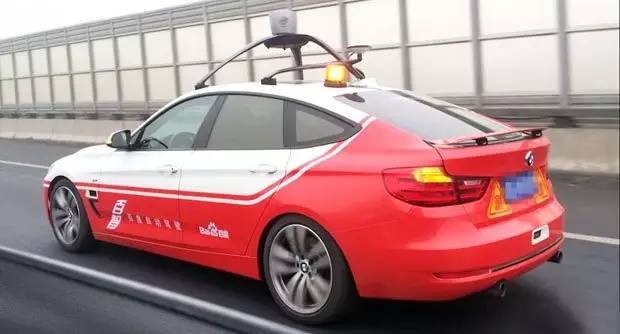
Recently, Baidu announced plans to commercialize autonomous driving in the next three years and begin mass production within five years, in competition with Google and Tesla. Baidu stated that it has already completed the first test drive under various road conditions. Next, the automatic driving vehicles will undergo further tests in various weather and road conditions in 10 cities across China.
❺ HERE releases specification for autonomous driving data transfer interfaces
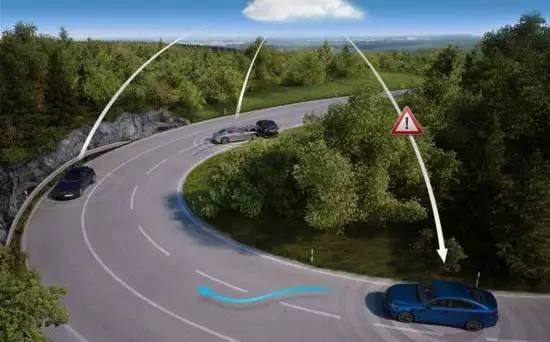 # Map provider HERE submits a common language for all autonomous vehicles to European Intelligent Transportation Systems Association (ERTICO-ITS Europe) on July 1. The universal language–SENSORIS, aims to process the large amount of data collected on the road in the cloud to track traffic flow for relevant forecasts and automatically adjust driving routes in path planning. The standard even enables map data to be upgraded intelligently mimicking human perception. The association will evaluate it based on the “Standardized Interface Specification.”
# Map provider HERE submits a common language for all autonomous vehicles to European Intelligent Transportation Systems Association (ERTICO-ITS Europe) on July 1. The universal language–SENSORIS, aims to process the large amount of data collected on the road in the cloud to track traffic flow for relevant forecasts and automatically adjust driving routes in path planning. The standard even enables map data to be upgraded intelligently mimicking human perception. The association will evaluate it based on the “Standardized Interface Specification.”
BAIC: Lightweight material combination to be the development trend
The Deputy Minister of BAIC New Energy Technology Department, Yang Yuwei, said that lightweight vehicle bodies are an important means of improving the endurance level of electric cars. To achieve lightweight bodies, design, craft, and materials must all be lightweight. BAIC will learn from the leader in lightweighting, BMW, achieving lightweight vehicle body through the combination of multiple materials, such as carbon fiber, steel-aluminum hybrid materials, and magnesium alloys.
BYD Song accelerates to 100 kilometers per hour in just 4.9 seconds
It is reported that BYD’s dual-mode version of Song’s model will be officially launched in the second half of this year. It is equipped with a hybrid power system consisting of a 1.5TI engine and two electric motors with a 0-100 km/h acceleration of just 4.9 seconds. The top speed reaches 180 km/h, with an 80 km pure electric mode range. The full-time electric four-wheel drive response speed is increased by ten times and reduced to 20 milliseconds. The comprehensive fuel consumption is 2 L/100km, with an expected price of 280,000 yuan.
Automotive Industry Trends
1. Tesla’s move
❶ Progress on the acquisition of SolarCity
It is reported that as early as June 22- the announcement date of the acquisition case, Tesla hired professional lawyers to submit six new trademark applications. These trademarks cover various aspects of solar energy business, such as solar energy production, solar panel installation, solar power installation financing, etc. The SolarCity brand may be gradually phased out.On June 25, following Musk and Gracias, two other board members of SolarCity, Tesla’s CTO JB Straubel and SolarCity’s co-founder and CTO Peter Rive, declared that they would not participate in the vote on the SolarCity acquisition because they believed it was a necessary move. Currently, three other board members of SolarCity will vote on the project.
On June 28, SolarCity has formed a special committee of the board to evaluate the merger proposal and other strategies. However, the company did not disclose any other specific strategies available for selection.
Most people on Wall Street still believe that the two companies will not successfully merge. After all, on June 29, Tesla shorted shares only 1.37% lower than the all-time high, an increase of 16% from early June. However, there is always an exception. An analyst with an accuracy rate of 32% believes that Tesla’s acquisition price of SolarCity is 24% lower than its actual market value.
- Expansion of Charging Network
In the US, Tesla is actively cooperating with Sheetz, a chain gas station with an annual revenue of $7 billion, and Ruby Tuesday, a hotel with 729 chain stores, to discuss the construction of supercharging stations at their national stores, providing convenient Supercharge fast charging services for Tesla owners and reducing its own investment in infrastructure.
In China, Tesla’s supercharging station officially opened at the Grand Gateway 66 shopping center in Shanghai. In addition, Tesla’s 100th supercharging station in China has been built, and the “Tesla Public Charging Cooperation Program” has also been launched.
Tesla plans to double the size of its supercharging network in the next two years.
- Expansion of Sales Network
This week, Tesla’s 18th experience center in China, the Tesla Guangzhou Tianyuan Plaza Experience Center, was grandly opened, and two Model X car keys were also handed over to the owners in the region. In addition, Tesla’s fourth flagship store in Australia has officially opened in the central business district of Sydney.2. BYD’s Rapid Development of Global Clean Energy Business
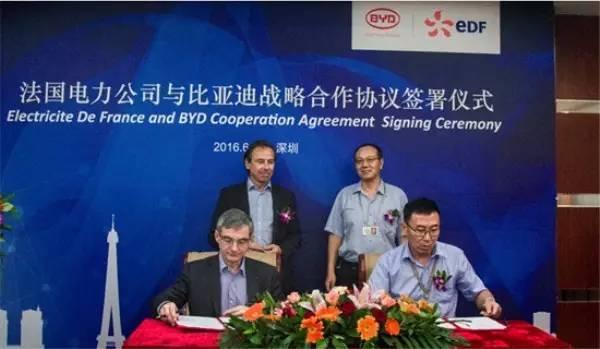
BYD and French state-owned energy company EDF recently officially signed a strategic cooperation agreement, marking the establishment of the international strategic partnership between the two parties, indicating that BYD is expected to carry out comprehensive cooperation with EDF’s subsidiaries in the United States, France, the United Kingdom and other places in the near future. BYD’s global clean energy business is on the rise.
3. BMW Begins Its Journey into Energy Storage Industry
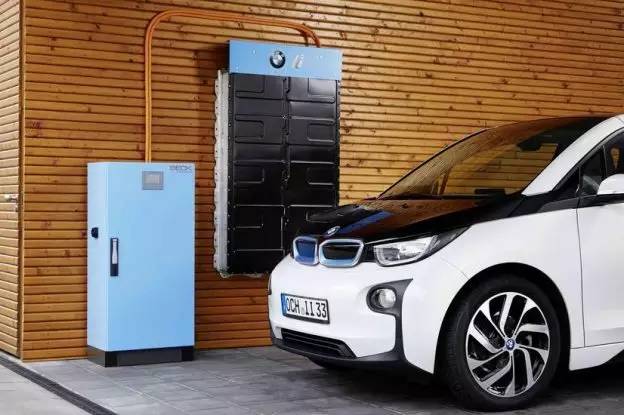
Recently, BMW announced at the electric vehicle seminar held in Monte Lou that it will use car batteries in energy storage systems – connecting new or used car batteries to form a grid that can be used in companies and homes. According to BMW, the advantage of this energy storage solution is that car batteries can be used as backup power as needed.
4. Maserati Joins the Competition of Luxury Electric Vehicles Market
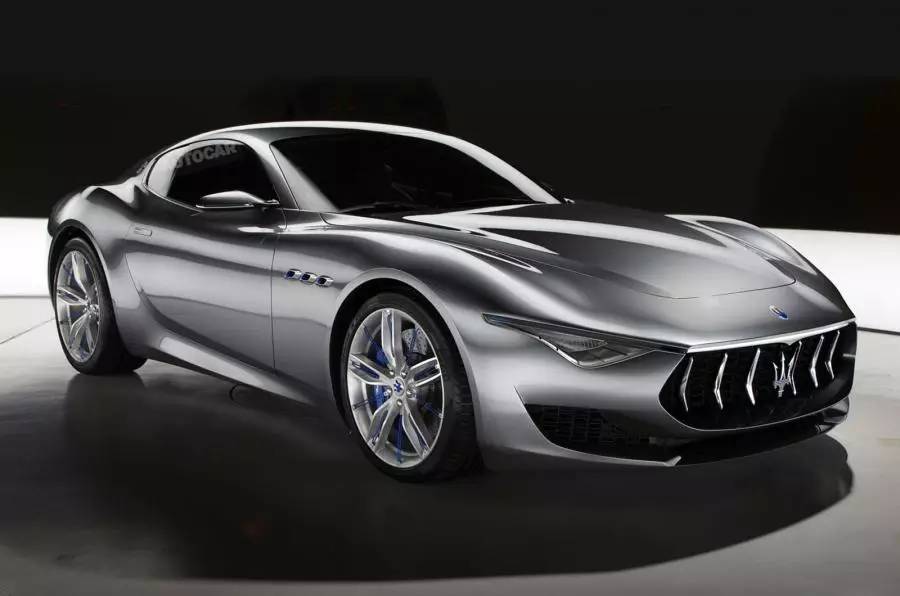
Foreign media reported that Maserati, under Fiat, is preparing to develop a full electric luxury sports car based on the Alfieri concept car in 2014, but it will still be difficult to mass-produce within two years. In addition to the high-end market, Fiat is also preparing to launch a small city electric vehicle for the European market.
It is unknown whether these actions can help Fiat overcome the dilemma of losing $10,000 for every electric car sold.
Regional
Policies
After reading the following text, you will have an understanding of the country’s policies on the development of electric vehicles (including support for key technology development, promotion of electric vehicles, construction of charging facilities, fiscal subsidies, etc.), which means you will have an advantage over others, such as being able to predict what policies your local government may introduce = =
1. Implementation Plans for Promoting the Application of New Energy Vehicles in Various Regions
The following table summarizes key indicators in this implementation plan:# Other Policies in Other Regions
1. Hangzhou, Zhejiang
The Science and Technology Committee published a notice regarding the application for major scientific and technological innovation projects in 2016, which includes the new energy vehicle intelligent driving, charging facilities, powertrain assembly, battery management, and other technical fields. The financial support available is up to 15% or RMB 3 million of the project’s research and development investment.
2. Nantong, Jiangsu
The Municipal Finance Bureau released the implementation rules for the implementation of the 2016 Nantong New Energy Vehicle Promotion and Application Subsidy, which includes the following practical guidelines:
-
The total amount of provincial and municipal financial subsidies does not exceed 60% of the car’s selling price, excluding national subsidies (the car’s selling price is based on the sales invoice).
-
For the operating units of public charging facilities, AC charging post subsidies are RMB 400/KW, and DC charging post subsidies are RMB 600/KW. The total amount of provincial and municipal subsidies for a single charging station or charging post group does not exceed RMB 2 million.
3. Shenzhen
The Development and Reform Commission issued the “Management Measures for Selecting Institutions to Verify New Energy Vehicle Charging Facilities in Shenzhen.” The regulations specify the qualifications required for the verification institutions for charging facilities.
In addition, the Shenzhen government also announced the third batch of special funds for the development of the new energy industry in 2016, outlining the scope of the areas to be supported by the capital, but the amount of funds was not disclosed.
4. Gansu Province## The Finance and Economic Development Bureau of Gansu Province issued the Management Measures for Subsidies for New Energy Vehicles in Gansu Province. The subsidy standards are: The financial subsidy standard shall be implemented at 60% of the central financial subsidy standard, and the total subsidy amount shall not exceed 50% of the vehicle sales price. The subsidy policy will be adjusted annually in accordance with the central subsidy withdrawal policy.
Shaanxi Province
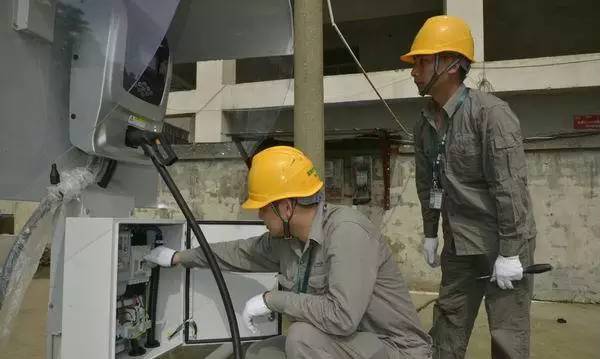
The Provincial Government has issued the Interim Measures for Construction, Operation and Management of Electric Vehicle Charging Infrastructure, which mainly include:
-
100% of newly built residential parking spaces should be equipped with charging infrastructure or reserved for installation.
-
The proportion of parking spaces with charging infrastructure in places that have already been built should be more than 5%.
-
Qualification regulations for charging facility construction and operation enterprises.

Why Did Tesla Only Announce the Fatal Accident That Occurred on May 7 Now?
How Will the German Giants Hold Their Ground in the Technological Era?
Storabel Tells How Tesla is Restructuring the Grid of this Century
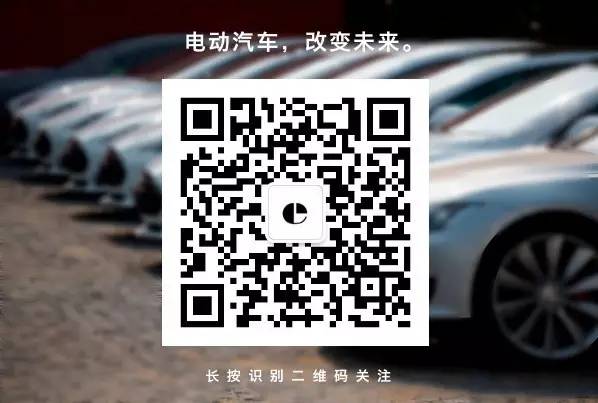
This article is a translation by ChatGPT of a Chinese report from 42HOW. If you have any questions about it, please email bd@42how.com.
